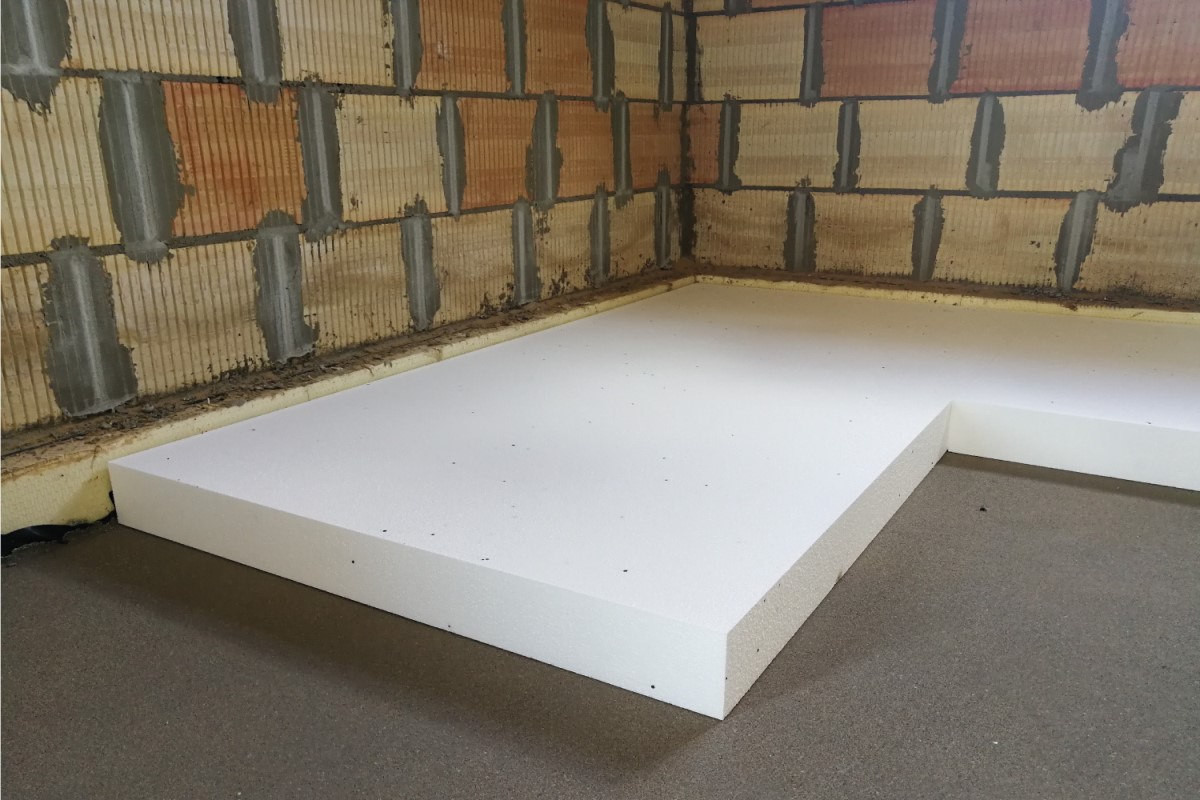EPS foam panels, also known as expanded polystyrene panels, are widely used in construction and insulation. These panels offer several benefits, including energy efficiency, durability, and cost-effectiveness. This article will explore the properties, applications, and advantages of EPS foam panels, providing insights and data that set them apart from other materials.
Understanding EPS Foam Panels
EPS foam panels are made from expanded polystyrene, a lightweight and rigid foam material. The manufacturing process involves expanding polystyrene beads using heat and steam. These beads then fuse together to form solid blocks, which are cut into panels of varying thicknesses and sizes.
The key properties of EPS foam panels include their high insulating value, low weight, and moisture resistance. These characteristics make them suitable for a wide range of applications in construction and beyond.
Insulating Value and Energy Efficiency
One of the primary benefits of EPS foam panels is their excellent insulating value. The panels have a high R-value, which measures thermal resistance. A higher R-value indicates better insulation performance. EPS foam panels typically have an R-value of around 4 per inch of thickness, making them highly effective at reducing heat transfer.
To illustrate the energy efficiency of EPS foam panels, consider a study comparing the energy consumption of buildings with different insulation materials. Buildings insulated with EPS foam panels showed a 20% reduction in energy use compared to those with traditional fiberglass insulation. This reduction translates to significant cost savings on heating and cooling bills.
Durability and Longevity
EPS foam panels are known for their durability. The closed-cell structure of the foam provides resistance to moisture, preventing water absorption and reducing the risk of mold and mildew. This makes EPS foam panels ideal for use in areas with high humidity or frequent exposure to moisture, such as basements and exterior walls.
A study conducted by the National Research Council of Canada tested the long-term performance of EPS foam panels in harsh environmental conditions. The results showed that the panels maintained their insulating properties and structural integrity for over 30 years. This durability ensures that buildings using EPS foam panels remain energy-efficient and structurally sound over time.
Cost-Effectiveness
EPS foam panels offer a cost-effective solution for insulation and construction. The manufacturing process is relatively inexpensive, and the panels are easy to transport and install due to their lightweight nature. These factors contribute to lower overall construction costs.
In a cost analysis of different insulation materials, EPS foam panels were found to be 25% cheaper than polyurethane foam and 15% cheaper than fiberglass insulation. The long-term energy savings provided by EPS foam panels further enhance their cost-effectiveness, making them a smart investment for both residential and commercial projects.
Applications of EPS Foam Panels
EPS foam panels have a wide range of applications. In the construction industry, they are used for insulating walls, roofs, and floors. The panels provide a continuous insulation layer that eliminates thermal bridges, ensuring consistent temperature control throughout the building.
In addition to insulation, EPS foam panels are used in structural insulated panels (SIPs). SIPs consist of an EPS foam core sandwiched between two structural facings, such as oriented strand board (OSB) or plywood. These panels offer superior strength and energy efficiency, making them popular for building walls, roofs, and floors.
EPS foam panels are also used in exterior insulation and finish systems (EIFS). EIFS consists of EPS foam panels attached to the exterior of a building, covered with a reinforced base coat and a finish coat. This system provides excellent insulation and weather resistance while allowing for a variety of architectural finishes.
Environmental Impact
EPS foam panels are an environmentally friendly insulation option. The production process consumes less energy compared to other insulation materials. Additionally, EPS foam panels are recyclable, reducing the environmental impact at the end of their lifecycle.
A life cycle assessment conducted by the Athena Sustainable Materials Institute compared the environmental impact of EPS foam panels with other insulation materials. The study found that EPS foam panels had a lower overall environmental impact, including lower greenhouse gas emissions and energy consumption.
Innovative Uses and Future Trends
EPS foam panels continue to find innovative uses beyond traditional construction. For example, they are used in green roof systems to provide insulation and support plant growth. EPS foam panels are also used in the manufacturing of insulated shipping containers, providing temperature control for perishable goods.
Looking ahead, advancements in EPS foam technology aim to improve the material’s performance and sustainability. Researchers are exploring the use of bio-based raw materials to produce EPS foam, reducing reliance on petroleum-based products. Additionally, new manufacturing techniques are being developed to enhance the thermal and structural properties of EPS foam panels.
Conclusion
EPS foam panels offer a versatile and cost-effective solution for insulation and construction. Their high insulating value, durability, and ease of installation make them an excellent choice for a wide range of applications. As the demand for energy-efficient and sustainable building materials grows, EPS foam panels are likely to play an increasingly important role in the construction industry.
By understanding the properties and benefits of EPS foam panels, builders and homeowners can make informed decisions to enhance the energy efficiency and durability of their projects. The continued innovation in EPS foam technology promises to deliver even greater performance and environmental benefits in the future.












No comments:
Post a Comment